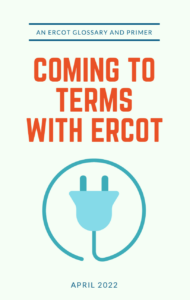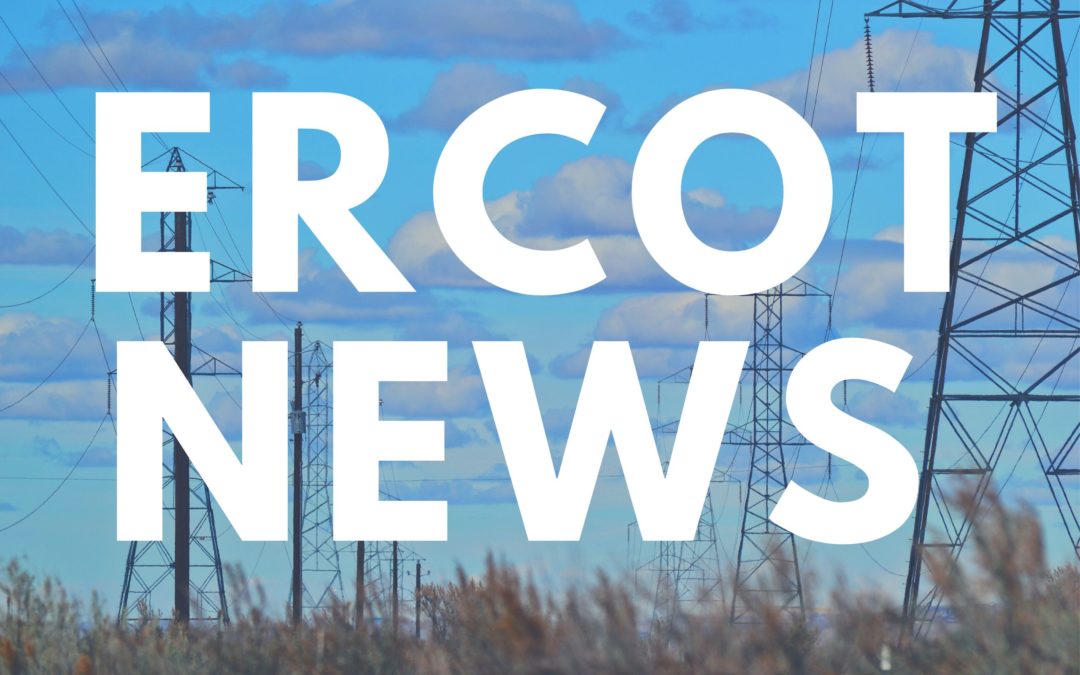As a result of its more conservative operational practices in the wake of Winter Storm Uri in 2021, ERCOT, beginning last summer, has deployed ECRS in what some experts described as excessive amounts.
________________________________________________

Find more about Ancillary Services and other ERCOT terms in the technical glossary, Coming to Terms with ERCOT.
A city-initiated policy change that under certain market conditions would result in $6 billion in annual energy cost savings has received approval by the ERCOT board.
At issue is the ERCOT’s newest ancillary service, the ERCOT Contingency Reserve Service, which became operational last summer. After becoming concerned about mounting market costs associated with ECRS, city representatives and allied stakeholders called for an operational change at ERCOT that, if enacted, would reduce the ancillary service’s costs substantially. On June 18, the ERCOT Board ratified that proposed change — it is known as Nodal Protocol Revision Request 1224 — and according to estimates, it should result in $6 billion in annual cost savings under summer weather conditions like those experienced by Texas last year. Those savings eventually should flow down into retail rates over time as individual energy contracts expire. (To learn more about ancillary services, see the online glossary here).
THE BACKGROUND
As a result of its more conservative operational practices in the wake of Winter Storm Uri in 2021, ERCOT, beginning last summer, has deployed ECRS in what some experts described as excessive amounts. That is, using ECRS, ERCOT held large amounts of generation capacity in reserve to protect itself against potential grid scarcity events. In the process, however, ERCOT also reduced generation available in the real-time energy market. This, in turn, resulted in artificial scarcity. The result? More than $12 billion of excess wholesale market costs during 2023, according to an analysis by ERCOT’s Independent Market Monitor.
CITY COMMENTS
In written comments, Mark Dreyfus, a representative for cities on ERCOT’s Technical Advisory Committee, warned ERCOT staff and stakeholders that the organization’s excessive ECRS deployments was undermining ERCOT’s fundamental market design “by using capacity services to manage energy shortages.” ERCOT staff responded to these city concerns by introducing Nodal Protocol Revision Request 1224. The ERCOT board approved NPRR 1224 earlier this month.
Although technical in nature, NPRR 1224 will have the effect of reintroducing ECRS capacity back into the real-time market. Cities also fought against a generator proposal for an ECRS price offer floor that many stakeholders found excessive. Upon hearing arguments from cities and others that such a price offer floor would undermine any cost savings realized by reforming the ECRS, the NPRR was approved with a reduced floor.
PRIOR CONCERNS RAISED BY IMM
In comments made in advance of NPRR 1224’s approval, Dr. David Patton, ERCOT’s Independent Market Monitor, estimated that ECRS had created $12.5 billion in market inefficiencies during a single year. Dr. Patton described the cost effects of the ECRS as “the worst (ancillary services) performance we’ve ever seen since the beginning of organized electricity markets almost 25 years ago. … equivalent to $400 for every man, woman and child in Texas.” He also stressed that these extraordinary costs were not the result of the normal competitive forces, but rather of artificial energy market shortages prompted by the ECRS.
“The IMM’s analysis infers that reliability targets are not being met efficiently, at lowest cost, but instead at an excessive cost,” cities noted in their comments at ERCOT.
You can read more about ECRS here. To learn more about ERCOT and ancillary services, see the “Coming to Terms with ERCOT” glossary, found here.

